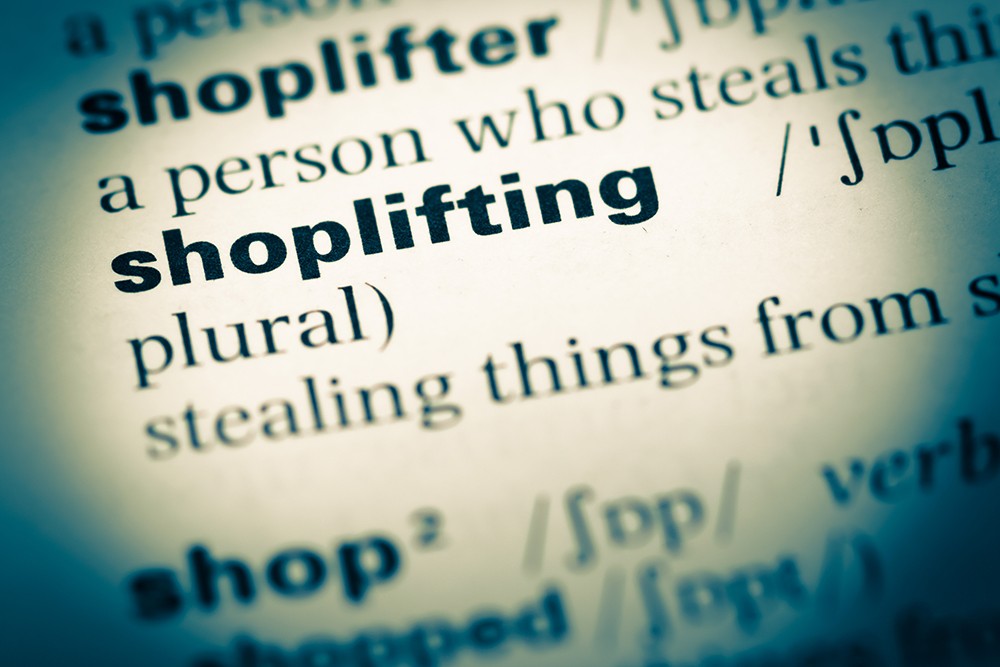If you think shoplifters won’t target your store, think again. No matter your store type or size, at some point odds indicate it will be targeted for theft.
Sometimes that shoplifter may be an amateur taking advantage of opportunity but on other occasions a theft could be a highly premeditated crime.
Regardless of whether it’s a novice or professional job, these are four of the most common techniques used.
Distraction
A theft is easier to commit in a busy environment where the sales associate has their attention elsewhere. The professional shoplifter knows this all too well.
Often working in groups of two or more, this technique sees one person try to distract staff while their counterpart conceals an item or removes it from its packaging.
These types of shoplifters are also more likely to strike at notoriously busy times. That’s why Christmas and sale seasons are such renowned periods of theft annually and why opening, closing or shift changes are when thieves are more likely to strike during any given day.
Staff should be aware that busy times present a store security threat, and should pay extra attention to what’s happening on the floor during these periods.
Meanwhile, if a customer appears to be commanding a staff member’s attention for no good reason, chances are there’s something more occurring.
Staff should be trained to identify suspicious behavior, and clear on a retail outlet’s policies when it comes to approaching a suspected thief.
Layering
In the apparel sector layering is a notoriously common technique employed by thieves. It sees shoplifters enter the fitting room with multiple items and then wear the stolen items under their own clothes as they exit.
In some cases these thieves will actually remove EAS tags prior to leaving the fitting room, but in other instances they may be willing to take a chance.
Staff should be on the lookout for customers who appear bulky when they exit the change room, and simple procedures like counting products as patrons enter and exit should be employed.
Meanwhile EAS best-practice should be employed in conjunction with new technology like the ApparelGuard which offers state-of-the-art protection against layering and fitting room theft. Installed in the change room, the Fitting Room Guard features sensors that alert staff when a tag is being tampered with.
Boosting
Boosting is a technique that sees purpose-made bags employed to conceal items and/or interfere with Electronic Article Surveillance. Improved EAS technology means boosting is far less effective than it used to be, however some thieves still try to circumvent the system.
Boosting is best combatted with an up-to-date EAS system and a clear bag check policy that allows security staff or sales associates to thoroughly check items as patrons exit.
When checking bags, staff should be on the lookout for possible hidden compartments, or lumps and bumps that could be products concealed out of sight.
The smash and grab
Of all the shoplifting techniques, this is the most brazen. The smash and grab sees bold thieves enter a store and quickly grab products within plain sight of staff and customers before running off.
High-value items or easily accessible displays are often the target of this type of theft.
The best way of combatting the smash and grab is to position high-value items away from the front of a retail outlet, or to employ higher security that sees products tethered to displays.
Meanwhile, CCTV can assist police in identifying thieves involved in a smash and grab after the event.
Some final tips
Effective loss prevention is a multi-pronged strategy that seeks to reduce theft at a number of levels. The best methods of combatting all shoplifting techniques include:
- Staff training
- Good store layout
- EAS including hard tags or labels for individual product protection
- CCTV for store monitoring
- Customer greeters
- Secure displays for high-value items
Should you need further advice about the right EAS solution to protect your merchandise, contact our friendly Security Tags staff here.
